Cryptocurrency taxation in the UK

In March, 2021, Her Majesty’s Revenue and Customs (HMRC) issued tax guidance on cryptoassets. You can always reference that guide for additional information. Since HMRC refers to cryptocurrencies as cryptoassets, we will use that naming convention for the remainder of this guide.
To begin, the most common factors affecting how Bitcoin and other cryptoassets are taxed in the UK are as follows:
1. Are you trading as a business or for personal investment?
2. How much did you earn in all Capital Gains, not just from cryptoassets?
3. Did you sell and rebuy the same cryptoasset on the same day, or within 30 days?
Table of Contents
- Individual or Business?
- Crypto capital gains
- Calculating cost basis
- Tax-loss harvesting
- Matching Rules
- What if I use my bitcoin to buy something? Do I still have to pay taxes?
- Is there a tax exemption for small crypto purchases in the UK?
- What if I'm paid in bitcoin? How will I be taxed?
- Does trading bitcoin for another cryptoasset count as a taxable event?
- How does UK tax law treat cryptoasset airdrops?
- How does UK tax law treat cryptoasset forks?
- How am I taxed on interest earned from cryptoassets ?
- How does UK tax law treat cryptoasset staking?
- Is there software to help with crypto tax reporting?
Individual or Business?
HMRC taxes cryptoassets depending on whether you choose to report it as a personal investment or business activity. In our experience, most people trade cryptoassets as personal investments. If you choose it as a personal investment, you will be subject to Capital Gains Tax rules. If you choose it as a business activity, income will be subject to Income Tax rules.
Crypto Tax Overview - Learn how crypto is taxed in the UK and globally.
It’s important to note that even if you report as an individual, HMRC may decide to treat you as a business. HMRC does not strictly define what constitutes business activity, as it will depend on a case-by-case basis. Instead, HMRC provides financial trader rules which take into account the following factors:
- The number and frequency of transactions
- Organization
- Risk
- Commerciality
- Amount of time trading
- The length of time you hold assets (are they bought and sold within minutes or held for longer)
As a general rule of thumb, if you are not buying and selling tokens with high frequency most days, and if you hold most of your assets medium to long-term, you can report cryptoassets as a personal investment.
Crypto capital gains
When it comes to cryptoassets, in the UK you are subject to the capital gains tax upon “disposal." Disposal has been defined by HMRC as:
- Selling crypto assets for money.
- Exchanging crypto assets for a different type of crypto asset.
- Using crypto assets to pay for goods or services.
- Giving away crypto assets to another person.
For example, number 1 means anytime you sell an asset for more than you paid for it, you have a capital gain - and capital gains are taxed. The gain amount is calculated by subtracting your cost basis from your realized amount.
For practical step-by-step help, check out our Ultimate Crypto Tax Guides.
Calculating cost basis
The basic idea of calculating capital gains is easy, but some of the details can be a little confusing. Calculating the realized amount is simple: the price the asset sold minus fees. Calculating the cost basis requires more work.
HMRC has a set of ‘matching rules’ to determine the cost basis of a cryptoasset. We will cover matching rules in more depth later, but for the most part you will use the ‘Pooling rule.’ This rule states that you must group each type of token you hold into pools and work out a pooled cost. The calculation is the average purchase cost of all tokens in the pool. This can be thought of as the average cost basis. Let’s look at an example to make this clear:
You acquire 10 ETH for £1,000 per ETH, for a total cost of £10,000. Six months later you acquire 10 ETH for £2,000 per ETH, the total cost is now £30,000. Your pool of ETH is 20, with a pool cost basis of £30,000, which makes for a cost basis of £1,500 per ETH.
Now that you know your cost basis, let's look at a simple capital gains scenario building on the example above. Imagine you decide to sell 15 ETH for £2,200 per ETH. In this scenario, your realized amount is £2,200 and your cost basis is £1,500, so your capital gain is £700 per ETH, or £10,500 (15 x £700). This is the amount you will be obliged to pay taxes on.
But how much tax do you have to pay? This will depend on:
-
Your total capital gains for the year (including gains made from non-cyptoassets trading). This is because every year you have a capital gains tax allowance. This allowance means that you do not pay capital gains tax on any profit you make on disposal of assets up to a certain value (£12,300 in the 2020/21 tax year). In the above example, if you have no other capital gains, then you will not pay taxes on your capital gains.
-
Your income bracket. If you are a higher or additional rate taxpayer, you will pay capital gains tax at a rate of 20%. If you are a basic rate taxpayer, your tax rate will depend on your taxable income and the size of the gain.
Want to simplify the calculations? Use our Crypto Tax Calculators to make it easy.
Tax-loss harvesting
Tax-loss harvesting is when you sell investments at a loss in order to reduce your tax liability. Imagine you bought one bitcoin at £10,000 and sold it in the same year for £15,000. You'd have a £5,000 capital gain, which of course is a tax liability. Now let's say you had also purchased £10,000 worth of Tesla shares in the same year and that the price tanks. You strategically decide to sell your Tesla shares, incurring a loss of £5,000. You can use this loss to offset your bitcoin gains, eliminating your tax liability. Next, you wait (the legally-required) 30 days from the moment you sold your Tesla shares before buying back in. Luckily the price hasn't recovered, so - in effect - you've completely avoided your tax liability on your Bitcoin gains while not diminishing your Tesla position.
That’s how tax-loss harvesting can work, but the UK has taken steps to stop many tax-loss harvesting schemes. Specifically, you must use ‘matching rules’ when calculating potential capital gains.
Learn more about the Best Crypto Tax Strategies to reduce your burden legally.
Matching Rules
HMRC has established ‘matching rules’ to help combat various tax-loss harvesting strategies. These rules will determine how you calculate the cost basis and realized amount of cryptoassets. When you dispose of a cryptoasset, you must apply three rules:
- If you acquired the same asset on the same day, use the ‘same day rule’ on up to X amount of that cryptoasset. If you disposed of more than you acquired, apply the next rule.
- If you re-acquired the same asset you disposed of within 2 - 30 days, apply the ‘30-day rule.’ If you disposed of more than you re-acquired, apply the next rule.
- Use the pooling rule.
The Pooling rule was covered above in the Crypto capital gains section. Let’s look at the Same-day and 30-day rules.
Same-day rule
If tokens of the same type are acquired and disposed of on the same day, then all acquisitions are treated as one transaction, and all disposals are treated as one transaction. This effectively means you calculate an average cost basis and an average realized amount. Same-day acquisitions are matched to disposals. For example:
One year ago you acquired 1 bitcoin for £10,000.
This morning you disposed of .5 bitcoin for £10,000.
This afternoon you acquired 1 bitcoin for £20,000.
This evening you disposed of .5 bitcoin for £8,000.
Later this evening you acquired .5 bitcoin for £10,000.
Today’s disposals are treated as a single transaction of 1 bitcoin for £18,000. Today’s acquisitions are also treated as a single transaction of 1.5 bitcoin for £30,000. Your disposal of 1 bitcoin will be matched to 1 bitcoin worth of today’s acquisition, creating a capital gain of £2,000 (£20,000 - £18,000). The remaining .5 bitcoin you acquired today would be added to the pool that consists of the 1 bitcoin you purchased a year ago. The new pool total would be 1.5 bitcoin at a total pool cost basis of £20,000, or a cost basis of £13,333.33 per bitcoin.
30-day rule
If you reacquire tokens of the same type you have disposed of in the past 30 days, the cost basis of the disposed asset will be calculated using the first-in, first-out (FIFO) cost basis method. Let’s look at an example:
On January 1st, you acquire 10 ETH for £10,000.
On March 1st, you dispose of 5 ETH for £10,000.
On March 15th, you acquire 3 ETH for £4,500.
On March 20th, you acquire 3 ETH for £6,000.
Your acquisitions on March 15th and 20th both occur within 30 days of the March 1st disposal, which means the acquisitions are matched to the disposal as far as possible. 3 ETH from March 15th and 2 ETH from March 20th will be matched to the 5 ETH disposed of on March 1st. This creates a capital gain of £1,500 (£10,000 - £4,500 - £4,000). Since the remaining 1 ETH from March 20th cannot be matched, it is added to the pool, which is now 6 ETH and a total pooled cost of £7,000.
Need to stay compliant with tax law? Explore Crypto Tax Compliance essentials.
What if I use my bitcoin to buy something? Do I still have to pay taxes?
Recall from the Crypto capital gains section that HMRC rules dictate you are subject to capital gains tax upon disposal, disposal includes using cryptoassets to buy something.
Let's look at an example:
Imagine you bought 1 BTC for £10,000 on January 1st. By June 1st, the price of Bitcoin has doubled to £20,000. With your new-found wealth, you decide to buy a £20,000 car using your 1 BTC. What you may not realize is that the moment you send your BTC to the seller to pay for the car, you're incurring a £10,000 gain. This is a taxable event, meaning you'll need to factor it into your tax report.
Is there a tax exemption for small crypto purchases in the UK?
There is no exemption. However, recall that there is a broad Capital Gains Tax allowance. This allowance includes crypto gains, but also stock and property gains. The Capital Gains tax allowance for the 2020/21 tax year was £12,300. You would only be liable for any capital gains tax above that amount.
What if I'm paid in bitcoin? How will I be taxed?
In terms of price appreciation or depreciation, the same above-described rules apply. This means that if, for example, you receive a cryptoasset in exchange for goods or services on January 1st, the price of the cryptoasset on that date is considered your cost basis. If you later sell the cryptoasset or use it to buy something, your profit or loss will depend on the price at the time you make the exchange.
Of course, being paid in a cryptoasset counts as ‘money’s worth’ and as such are subject to income tax and National Insurance Contributions (NIC) the same way getting paid in cash does. This means that, for example, if you immediately sell your cryptoasset into sterling pounds at the moment you receive it, your tax bill will be exactly the same as if you'd received pounds.
To manage this properly, it's essential to generate accurate documentation. Use our Essential Crypto Tax Forms to file correctly.
Does trading bitcoin for another cryptoasset count as a taxable event?
Recall from the Crypto capital gains section that HMRC rules dictate you are subject to capital gains tax upon disposal, disposal includes exchanging crypto assets for a different type of crypto asset.
In other words, when you sell one cryptoasset for another, it's considered a taxable event, meaning you'll need to determine your cost basis and report capital gains.
How does UK tax law treat cryptoasset airdrops?
This section and this section of HMRC’s tax guidance on cryptoassets covers airdrops. How you report airdrops depends on the reason you are receiving an airdrop. If:
- The airdropped tokens are received as a part of a trade or business transaction relating to cryptoassets or mining.
- Then the market value of the airdropped tokens should be recorded and will be subject to Income Tax. Disposal of airdropped tokens that result in profit will be subject to Capital Gains Tax.
- The airdropped tokens are received without doing anything in return, and are not part of a trade or business transaction related to cryptoassets and mining.
=-> Then the airdropped tokens will be subject to Capital Gains Tax rules upon disposal. If you do not already hold the token, the tokens will go into their own S104 pool. If you already do hold the token, add the token to the existing pool in the manner described above. The acquisition cost is the market value at the time of the airdrop.
How does UK tax law treat cryptoasset forks?
HMRC provides guidance on forks here. There are two types of forks: soft and hard forks. Soft forks are minor updates to the underlying blockchain that do not create a new blockchain or new tokens. Hard forks are major updates that can, but not necessarily do, result in a division of the community. Some in the community support the older ‘unchanged’ blockchain and others support the new upgraded one. Since there are now two viable blockchains, there are now two copies of all tokens. Usually, if you hold any tokens on the older blockchain, you will hold the same amount on the new one.
The new tokens are placed into their own pool. The older pool’s total cost needs to be rebalanced and split between the old pool and the new pool. HMRC does not prescribe a particular way to apportion the value, only that, “Costs must be split on a just and reasonable basis under section 52(4) TCGA 1992."
Learn more in our complete guide to Crypto Tax Laws for UK and global jurisdictions.
How am I taxed on interest earned from cryptoassets ?
A growing number of bank-like platforms allow you to earn interest on cryptoassets like Bitcoin and Ether. The platform takes possession of your cryptoassets, and pays interest - typically at monthly intervals. Unfortunately, HMRC’s tax guidance on cryptoassets is not clear on whether interest from these services should be taxed as regular income or interest. At some point in the future HMRC will have to clarify this, or a tribunal will rule on it. Until then, it is most likely safe to report interest as either normal income or interest.
How does UK tax law treat cryptoasset staking?
Whether such activity amounts to a taxable trade (with the tokens as trade receipts) depends on a range of factors such as:
- degree of activity
- organization
- risk
- commerciality
If the activity does not amount to a trade, the pound sterling value (at the time of receipt) of any tokens received will be taxable as income (miscellaneous income).
Is there software to help with crypto tax reporting?
Since cryptoassets are both an investment vehicle and a medium of exchange, reporting your taxes correctly can be an extremely time consuming task. Further, tax laws are rapidly evolving. Luckily there's a growing variety of tools that can help you comply. We recommend TokenTax, which is a crypto tax software platform and crypto tax calculator that vastly simplifies the process. It helps you connect to exchanges, track your trades, generate the needed forms, and automatically compile your tax report. Particularly if you intend to deploy strategies like tax-loss harvesting, you'll want to use capable software to ensure you minimize your tax burden.
Use the Best Crypto Tax Software to automatically track trades, generate reports, and reduce your workload.
Related Crypto Tax Guides:
Get started by understanding the basics of cryptocurrency and explore decentralized finance (DeFi). Learn about Bitcoin, Ethereum, and altcoins. Also, discover how to buy and sell crypto.
Related guides
Start from here →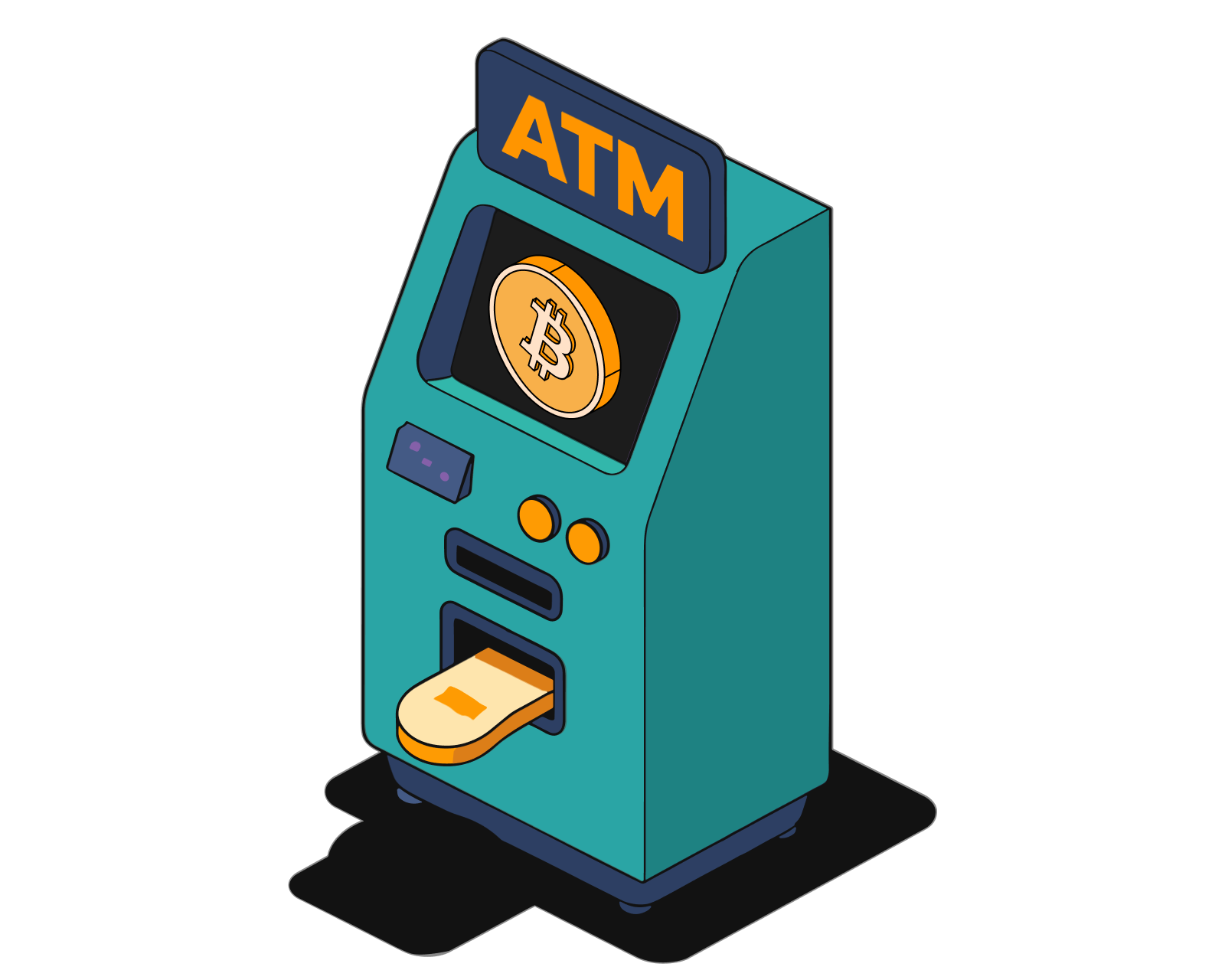
Crypto Tax Guide 2025
From Bitcoin to DeFi, NFTs, and staking rewards, every crypto transaction can create tax obligations. This guide explains global crypto tax rules, taxable events, and strategies to reduce liabilities.
Read this article →
Crypto Tax Guide 2025
From Bitcoin to DeFi, NFTs, and staking rewards, every crypto transaction can create tax obligations. This guide explains global crypto tax rules, taxable events, and strategies to reduce liabilities.
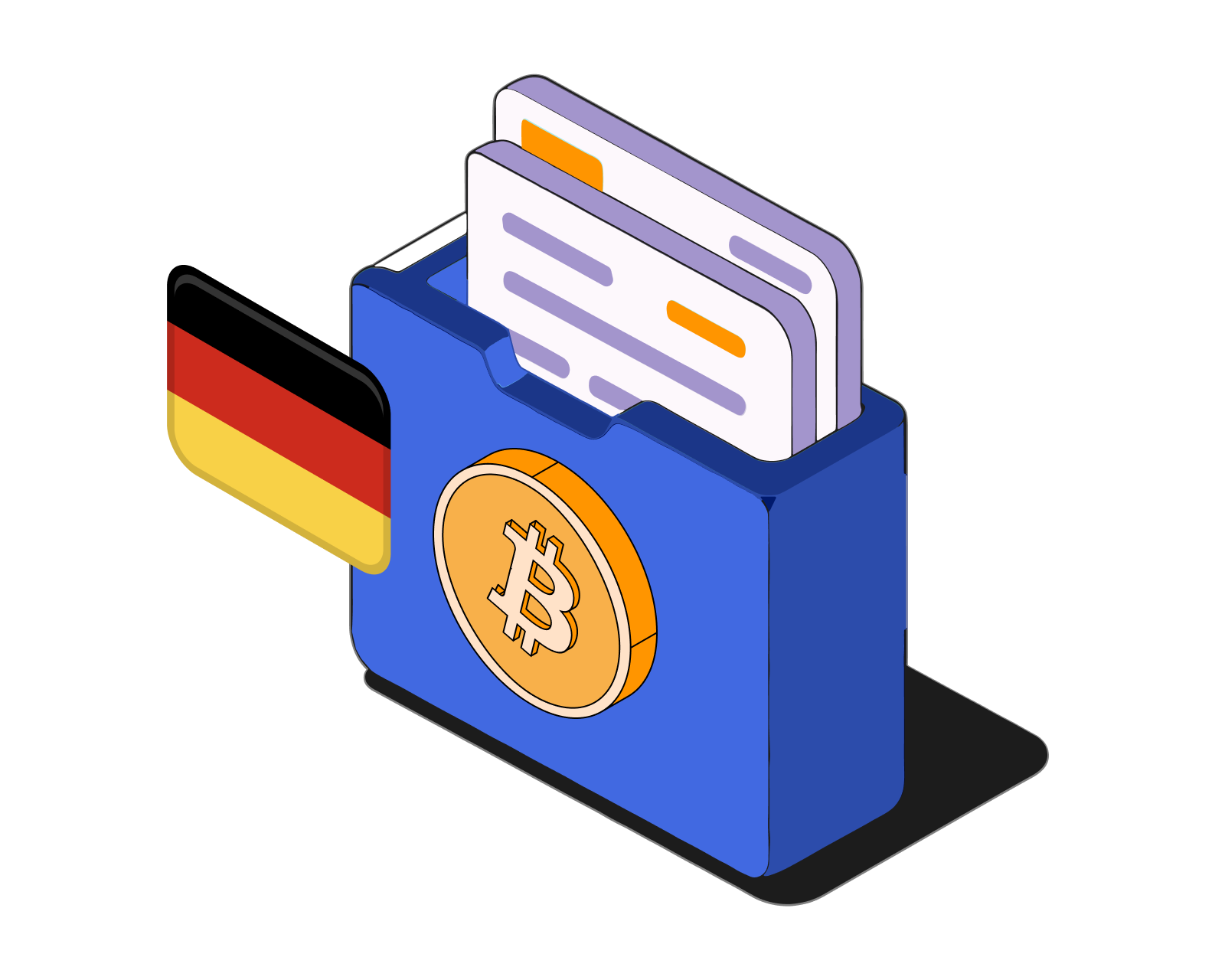
Cryptocurrency taxation in Germany
Get an overview of tax law as it applies to cryptocurrency in Germany.
Read this article →
Cryptocurrency taxation in Germany
Get an overview of tax law as it applies to cryptocurrency in Germany.

Crypto Taxes in the U.S.: Complete 2025 Guide
The IRS treats cryptocurrency as property, meaning every trade, sale, or income event is taxable. This guide explains IRS rules, forms, and strategies to report crypto correctly and reduce liabilities.
Read this article →
Crypto Taxes in the U.S.: Complete 2025 Guide
The IRS treats cryptocurrency as property, meaning every trade, sale, or income event is taxable. This guide explains IRS rules, forms, and strategies to report crypto correctly and reduce liabilities.

Canada Crypto Taxes in 2025: What the CRA Expects
A clear guide to how the CRA treats cryptocurrency as property, when gains are taxable, and how staking, mining, NFTs, and cross-border holdings should be reported to the CRA.
Read this article →
Canada Crypto Taxes in 2025: What the CRA Expects
A clear guide to how the CRA treats cryptocurrency as property, when gains are taxable, and how staking, mining, NFTs, and cross-border holdings should be reported to the CRA.

NFT Tax Guide 2025
NFTs create unique tax obligations for creators, collectors, and investors. This guide explains how NFTs are taxed worldwide, covering sales, royalties, staking, donations, and reporting requirements.
Read this article →
NFT Tax Guide 2025
NFTs create unique tax obligations for creators, collectors, and investors. This guide explains how NFTs are taxed worldwide, covering sales, royalties, staking, donations, and reporting requirements.

Crypto Airdrop Tax Guide 2025
Cryptocurrency airdrops may feel like free money, but tax authorities treat them as taxable income. This guide explains IRS rules, global tax treatment, reporting forms, and strategies to reduce liabilities.
Read this article →
Crypto Airdrop Tax Guide 2025
Cryptocurrency airdrops may feel like free money, but tax authorities treat them as taxable income. This guide explains IRS rules, global tax treatment, reporting forms, and strategies to reduce liabilities.
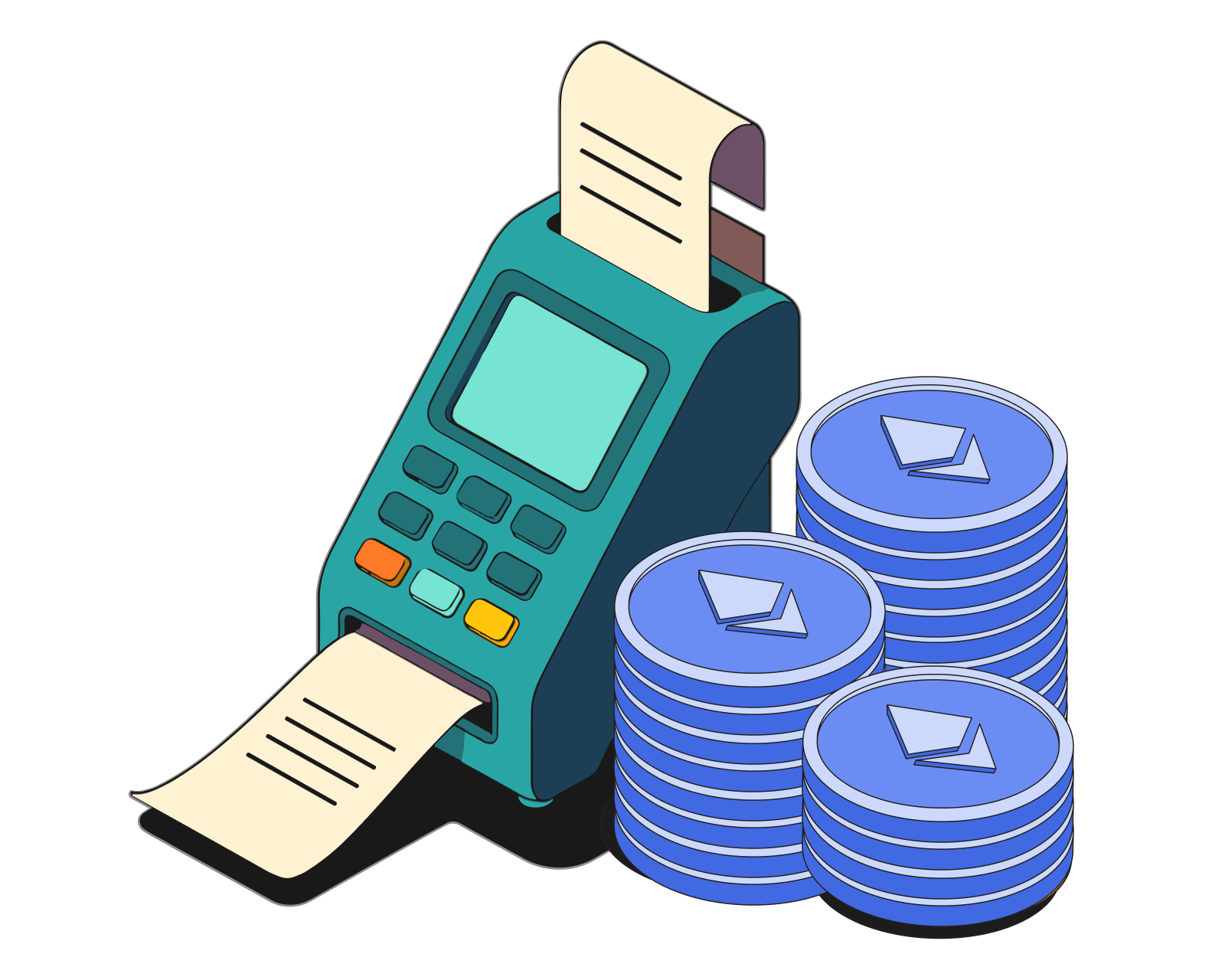
ICO Taxation Explained: Global 2025 Guide
ICOs create unique tax obligations for investors, traders, and founders. This guide explains how ICOs are taxed worldwide, covering utility vs. security tokens, taxable events, cross-border compliance, and reporting strategies.
Read this article →
ICO Taxation Explained: Global 2025 Guide
ICOs create unique tax obligations for investors, traders, and founders. This guide explains how ICOs are taxed worldwide, covering utility vs. security tokens, taxable events, cross-border compliance, and reporting strategies.
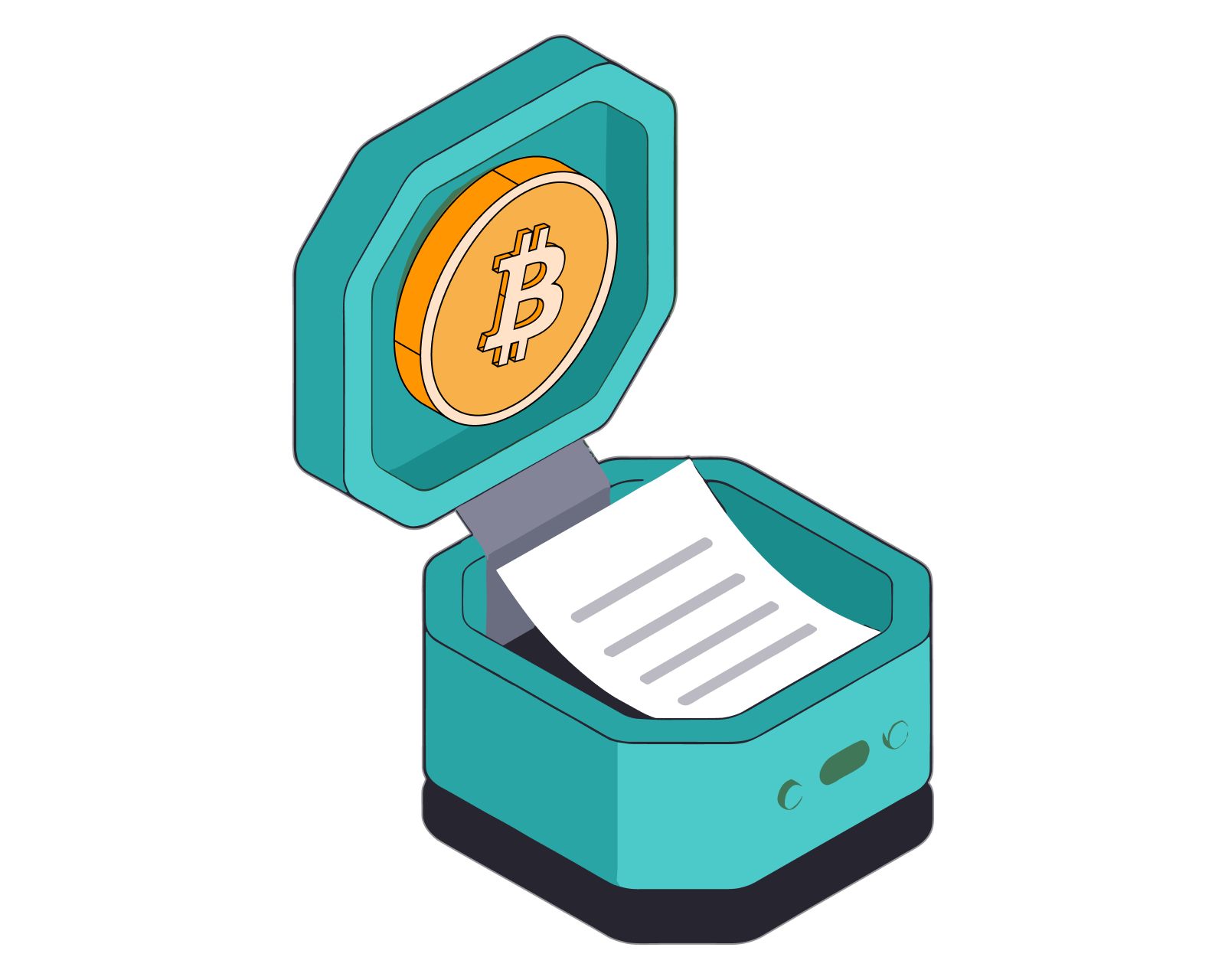
Bitcoin Mining Tax Reporting Guide 2025
Bitcoin mining rewards are taxable as ordinary income when received, with additional capital gains when sold. This guide explains global tax rules, reporting requirements, deductible expenses, and compliance strategies.
Read this article →
Bitcoin Mining Tax Reporting Guide 2025
Bitcoin mining rewards are taxable as ordinary income when received, with additional capital gains when sold. This guide explains global tax rules, reporting requirements, deductible expenses, and compliance strategies.
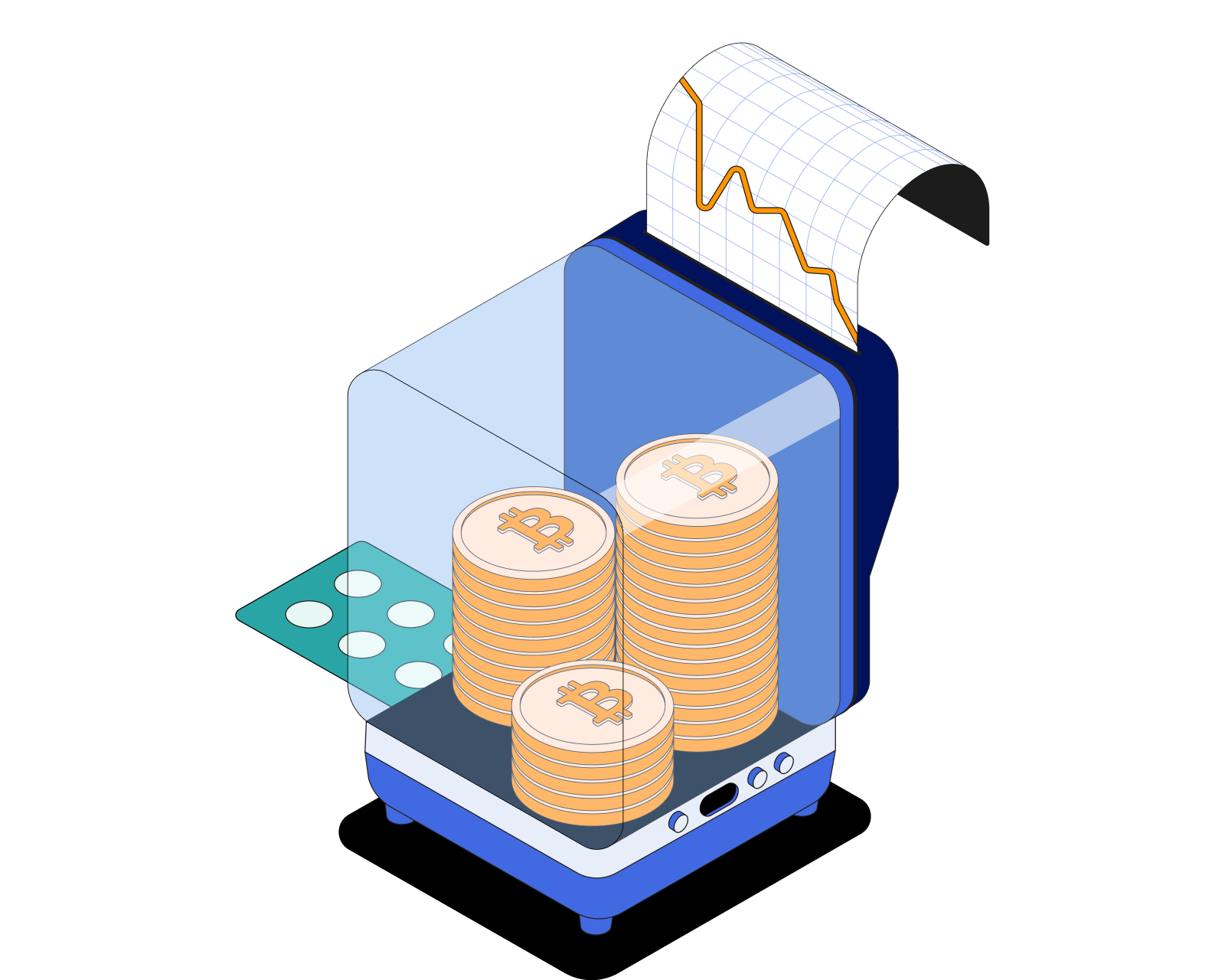
Staking Income Tax Reporting Guide 2025
Staking rewards are taxable in most jurisdictions and must be reported correctly. This guide explains IRS, CRA, HMRC, and ATO rules for staking income, covering taxable events, fair market value tracking, and compliance strategies.
Read this article →
Staking Income Tax Reporting Guide 2025
Staking rewards are taxable in most jurisdictions and must be reported correctly. This guide explains IRS, CRA, HMRC, and ATO rules for staking income, covering taxable events, fair market value tracking, and compliance strategies.

Yield Farming Tax Reporting Guide 2025
Yield farming rewards are taxable income in most jurisdictions. This guide explains how to classify DeFi rewards, track fair market value, calculate capital gains, and report yield farming income correctly.
Read this article →
Yield Farming Tax Reporting Guide 2025
Yield farming rewards are taxable income in most jurisdictions. This guide explains how to classify DeFi rewards, track fair market value, calculate capital gains, and report yield farming income correctly.
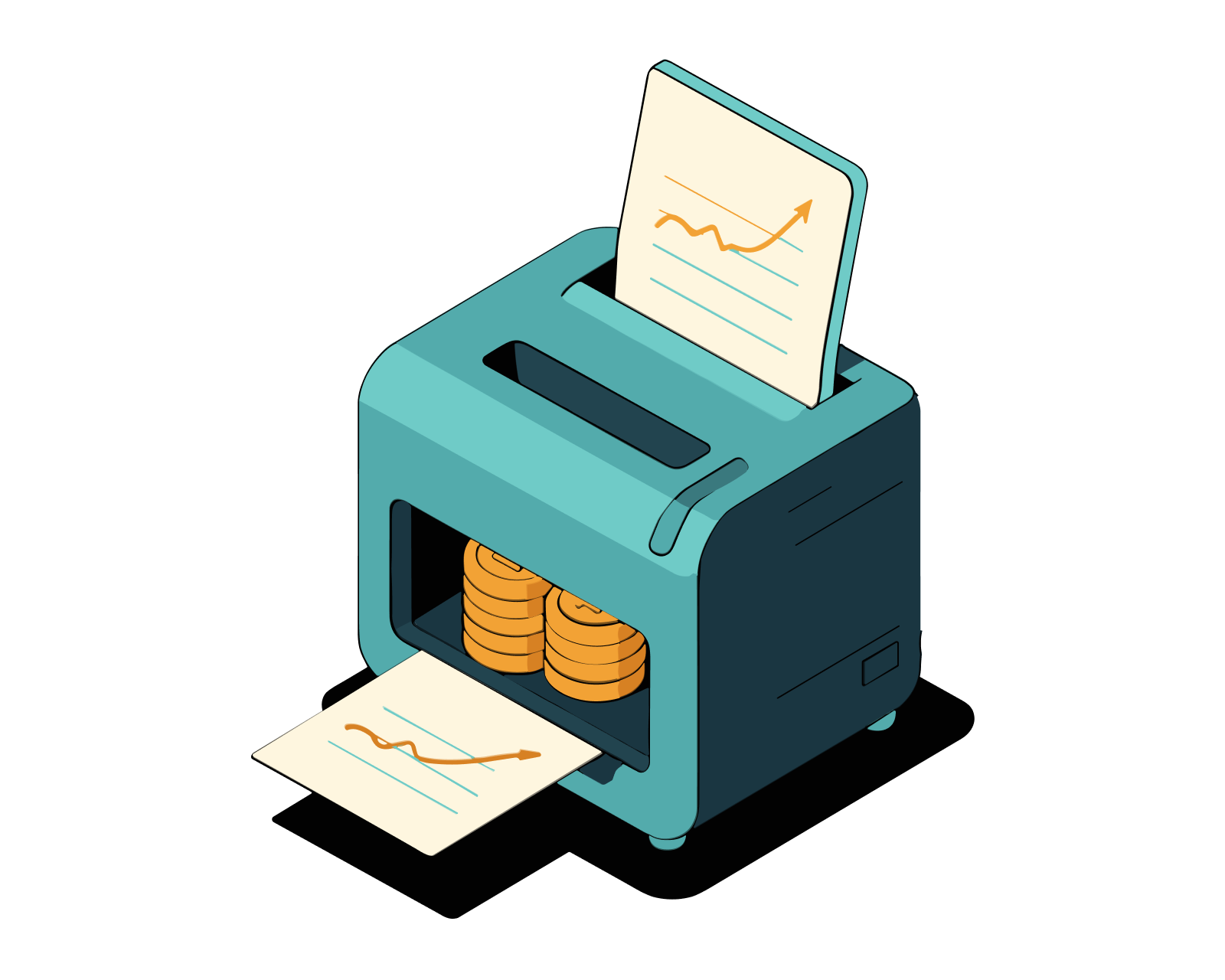
Crypto Rewards Tax Guide 2025
From staking and mining to DeFi yield farming and NFTs, crypto rewards can create taxable income. This guide explains how different rewards are taxed globally and how to report them correctly.
Read this article →
Crypto Rewards Tax Guide 2025
From staking and mining to DeFi yield farming and NFTs, crypto rewards can create taxable income. This guide explains how different rewards are taxed globally and how to report them correctly.
STAY AHEAD IN CRYPTO
Stay ahead in crypto with our weekly newsletter delivering the insights that matter most
Weekly crypto news, curated for you
Actionable insights and educational tips
Updates on products fueling economic freedom
No spam. Unsubscribe anytime.
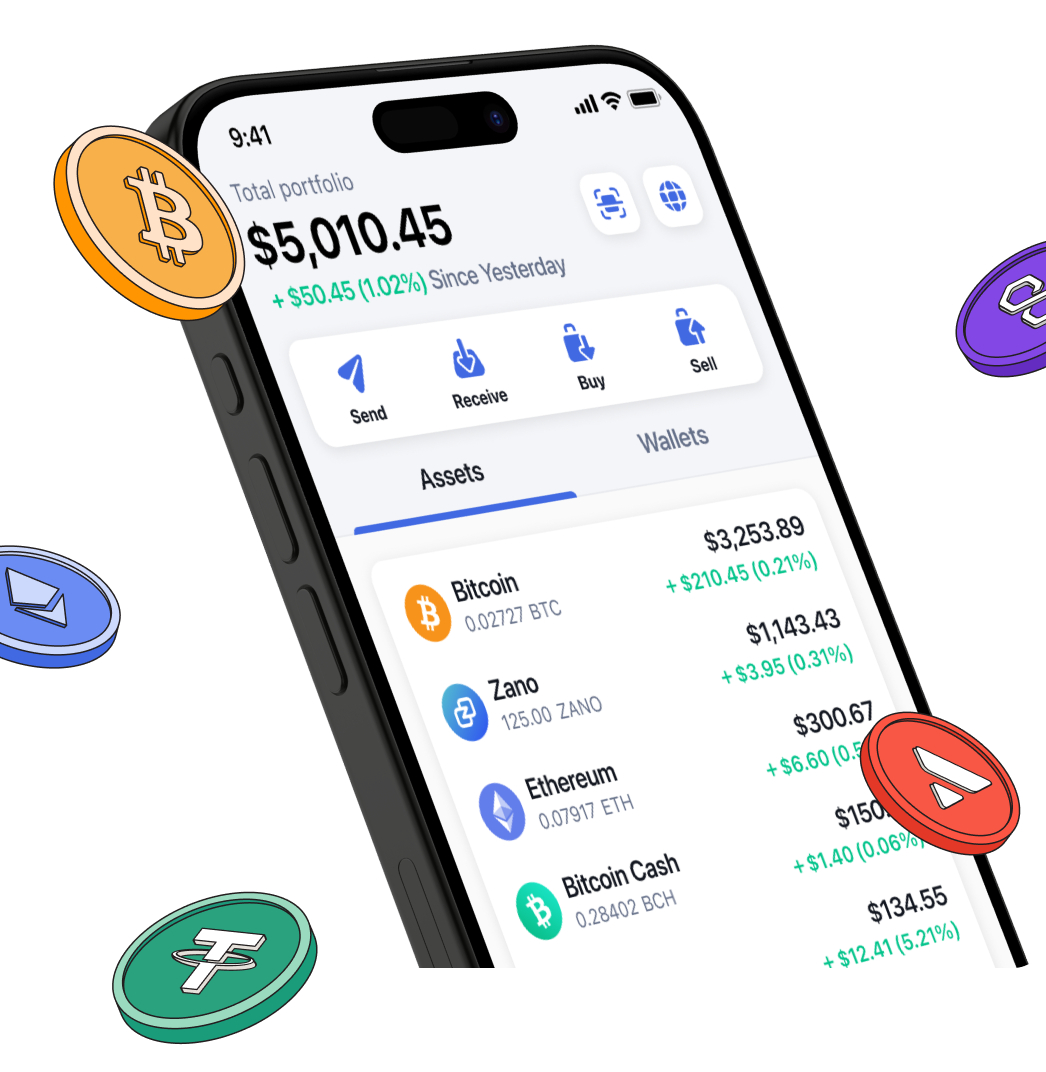
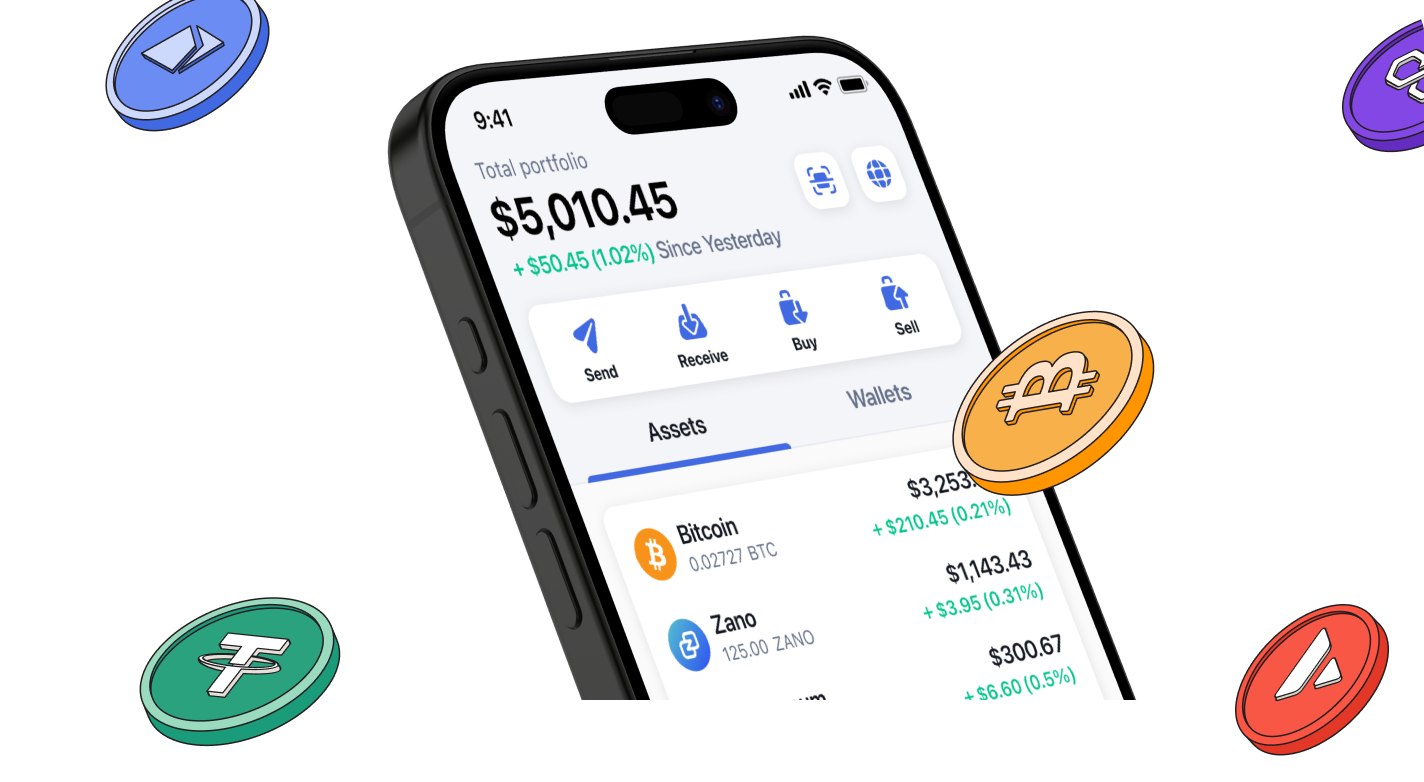
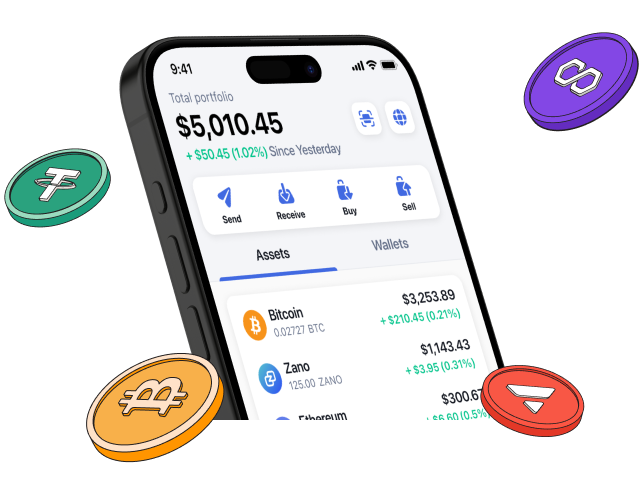
Start investing safely with the Bitcoin.com Wallet
Over wallets created so far
Everything you need to buy, sell, trade, and invest your Bitcoin and cryptocurrency securely

© 2025 Saint Bitts LLC Bitcoin.com. All rights reserved


